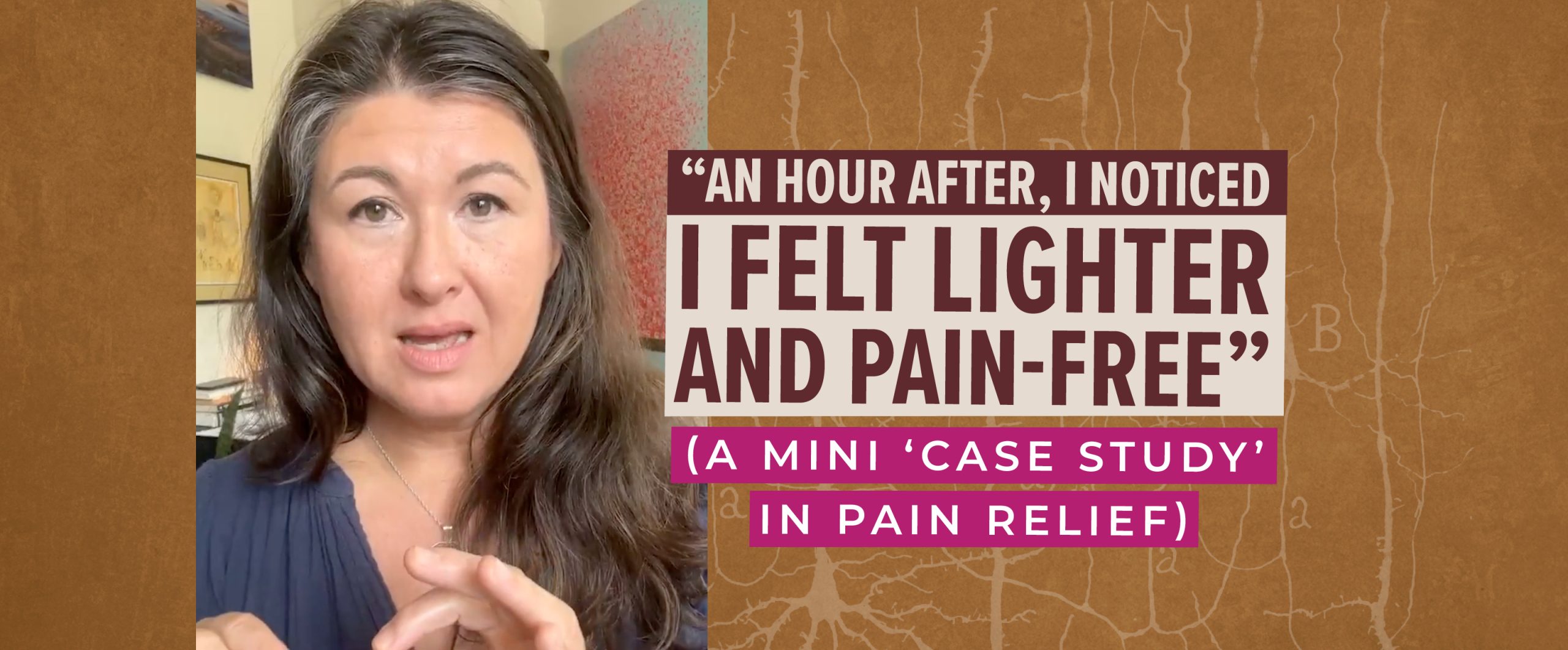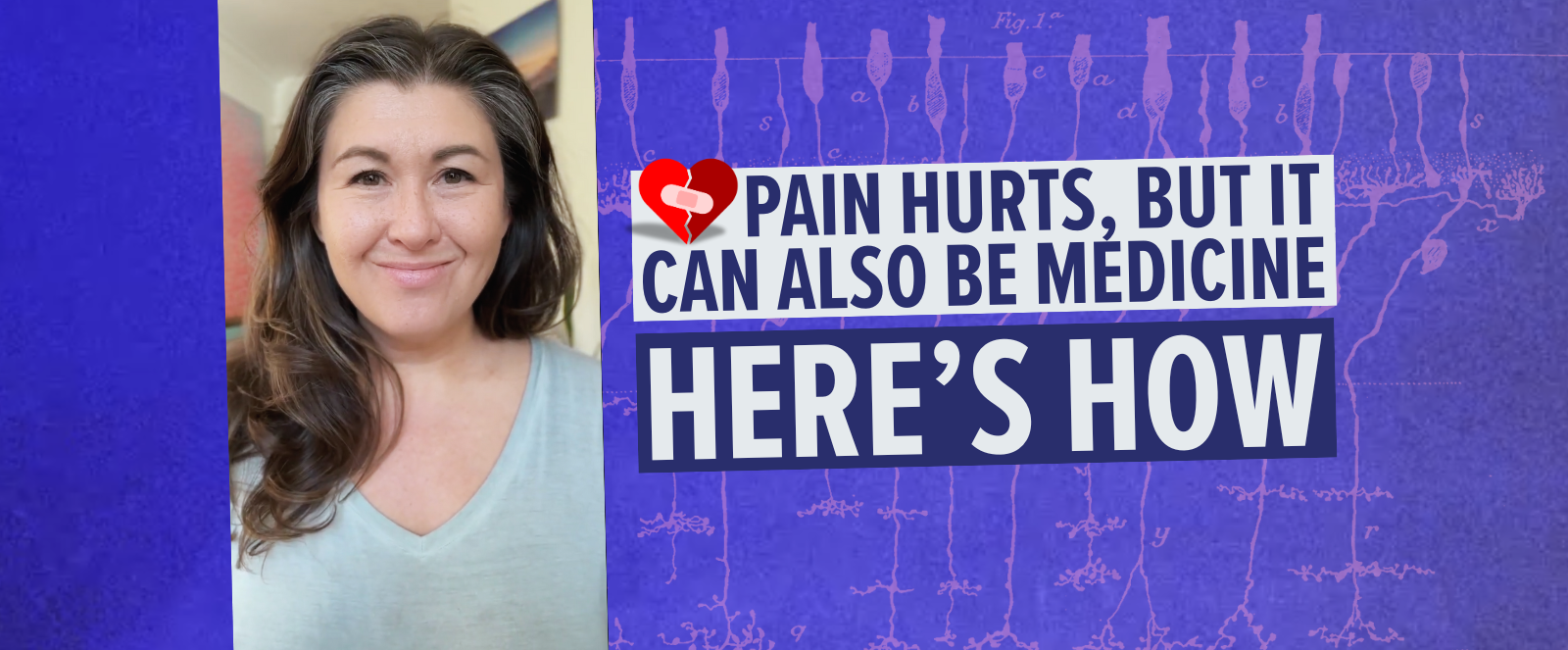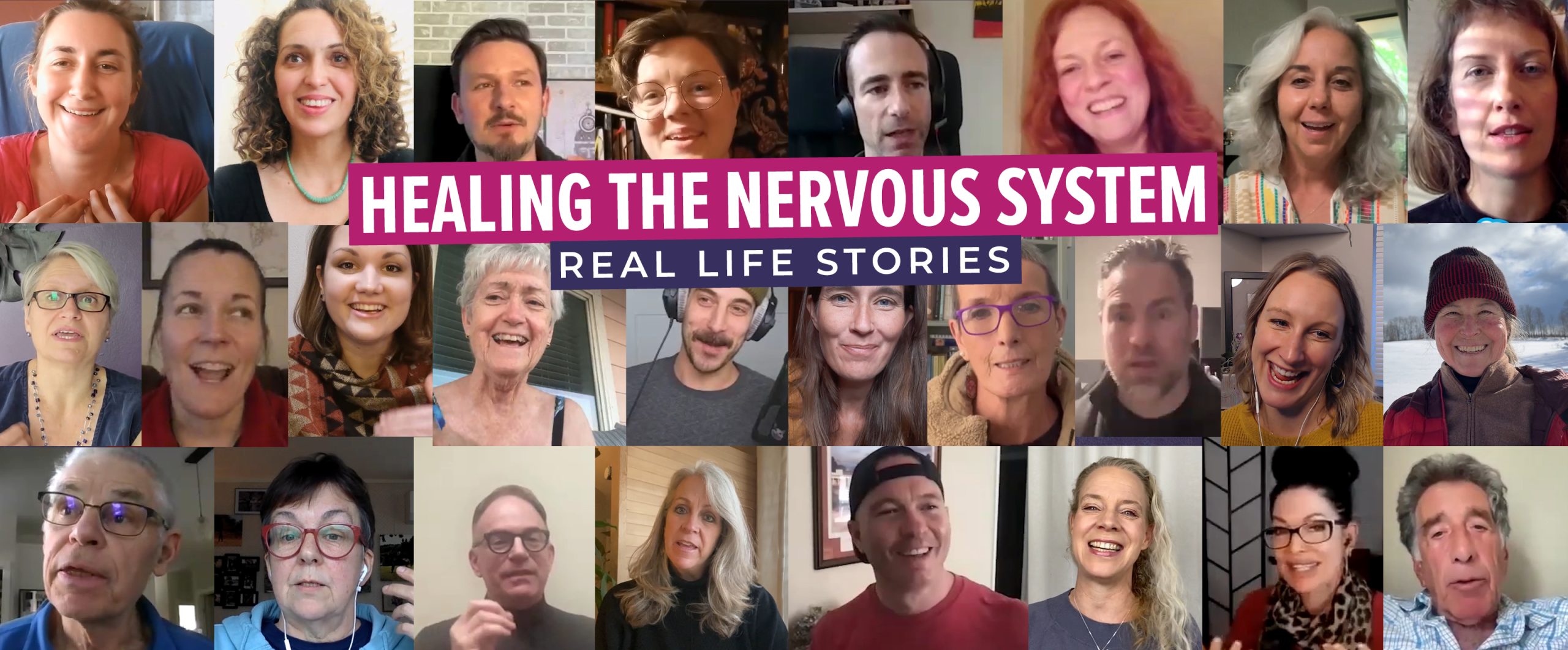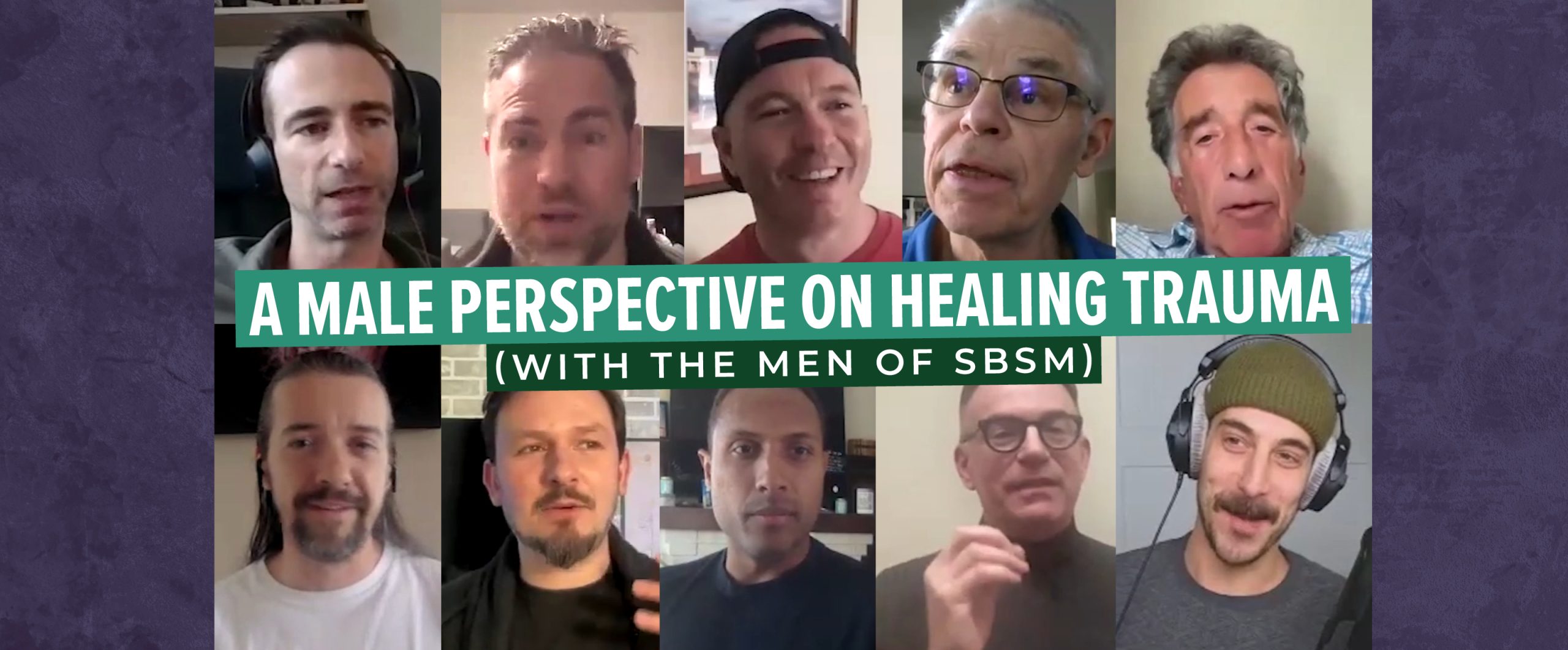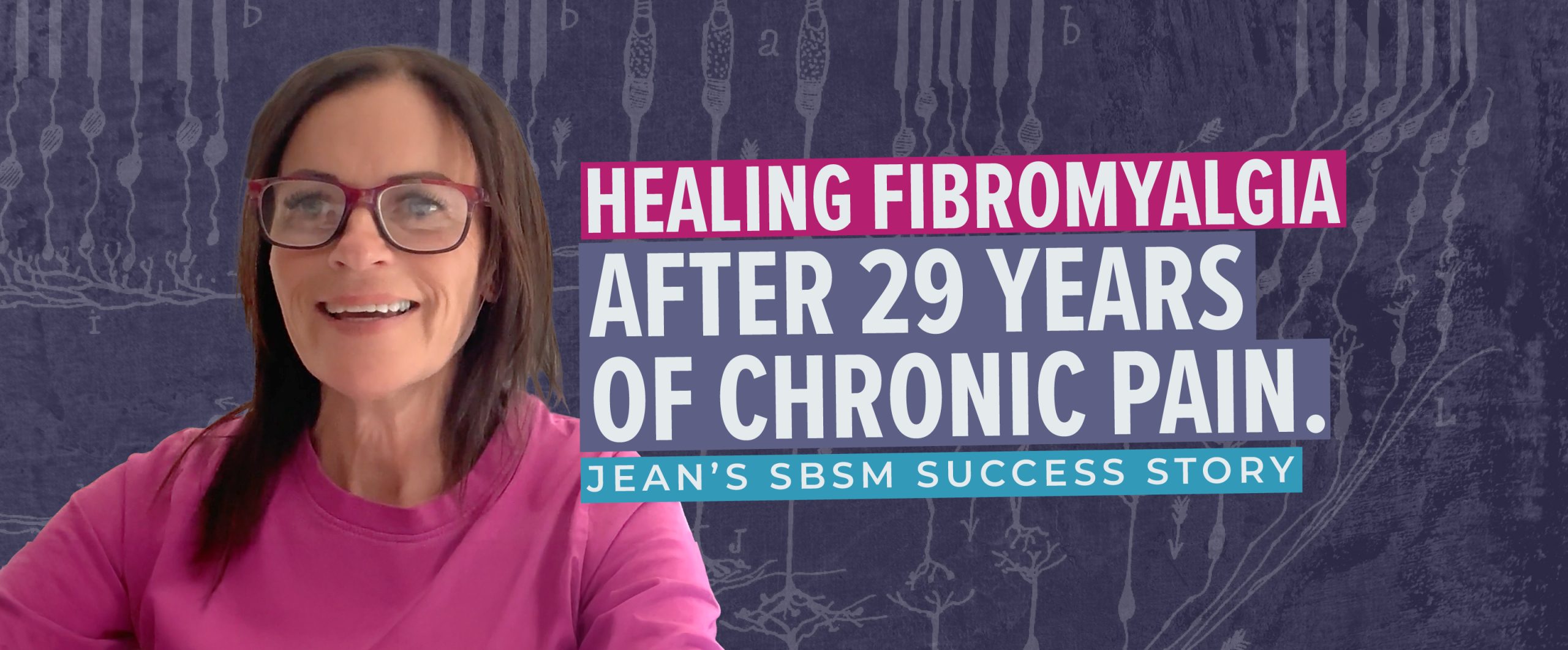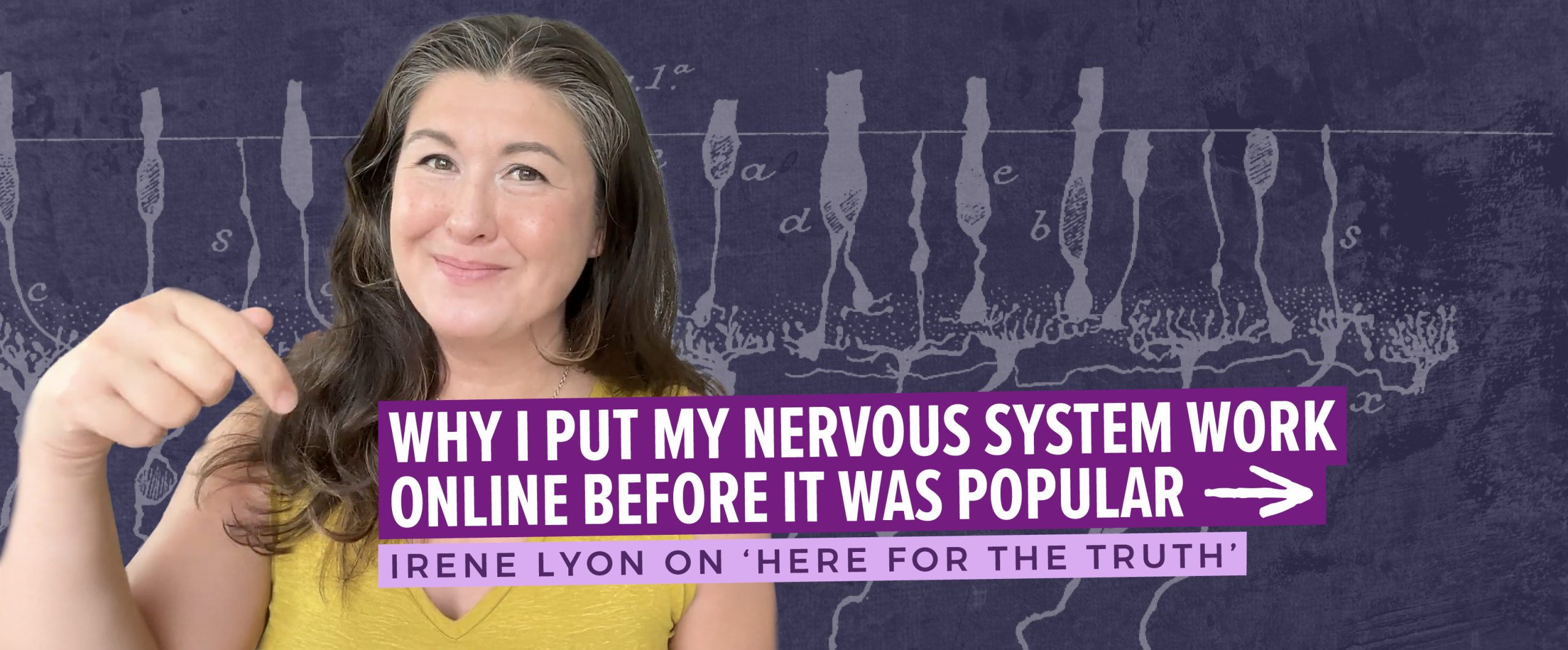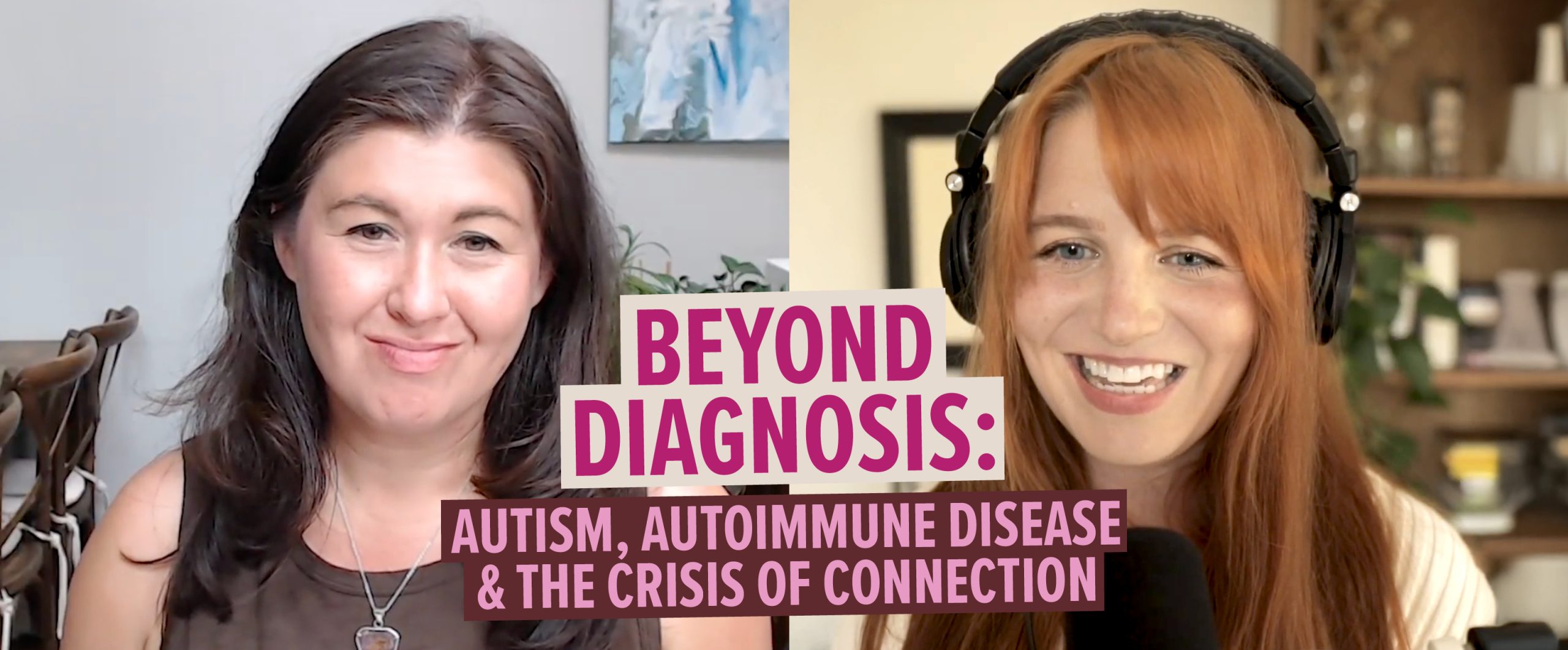In Part 1 of this series, How To Live Longer with Less Sickness, I wrote about the importance of not scaring yourself into stress reactivity 24/7 and becoming more aware when it does happen. If you haven’t read this piece, I’d start HERE, and then come back to Part 2.
The idea of learning how to listen to your stress physiology, for the sake of better health, is not new and I’ll be exploring why learning this language is essential, and how you can start to do this, in Part 3 of this series. So be sure to come back for that one.
But right now, I want to talk about the adverse effects of prolonged toxic stress and how this impacts the body and health.
Our body contains superhighways of nerve cells plus lock and key components of our hormonal systems (called receptors and neurotransmitters), which are all designed to respond to stress and keep us safe. These stresses can be: external, internal, good, bad, traumatic, toxic, etc…
It might be a tiger coming to us, or more likely the bus careening at us, a hot stove we got too close to or that knife that slipped out of our fingers headed for our bare feet. Or maybe it’s the abusive partner or teacher, the bullying sister, or the drunken stepfather.
It’ll also perk up and go on alert to perceived threat. This could be a colourful memory of being attacked by a dog at the local park that sparks up our stress physiology whenever we hear a dog bark. Sometimes, a person will even mount a stress reaction when there’s been no memory or disturbing thought present. In such cases, the body goes into autopilot and is stuck in a fear response before the person knows it; their chest is tight, they can’t breathe and sweat is beading off of their skin. Many of my clients call these ‘out of the blue panic attacks’.
And then there’s what the human animal is really good at: constant worrying about deadlines, to-do lists not completed, what to wear for a date, of life’s daily stresses. When we go into this version of stress, also known as a psychosomatic reaction, the person is literally spiralling their thoughts into a REAL body readiness to fight and flee.
If we think about the tiger, bus and hot stove examples, let’s presume those happen on a one-off basis and our body will respond swiftly to said stress.
No more tiger. We come down. Case closed.
In such quick stress reactions, the body is mostly using adrenaline and noradrenaline (also known as epinephrine/norepinephrine) to prepare the body to fight and flee. In other words, to attack or run, all in attempt to preserve life, at any expense.
If you read Part 1 of this series, you’ll know that if the scary thing stops and we don’t keep confronting this tiger, or putting our hand over the hot stove, in due time (~8 minutes) that chemical reaction will be over and the system will return to normal.
Here’s where it gets interesting though. Chronic low-grade stress and trauma impact health over the long-term.
If the stress is that abusive teacher we have to be with daily, or the sibling that bullies us, or the parent that is unsafe or mentally unwell, or a dangerous war zone we’re living in, all situations where we can’t escape and we are rendered helpless, the fast-acting adrenaline response is not efficient for this level of stress. Meaning, it doesn’t make sense to keep releasing something that only lasts for a few seconds. It needs to bring out the bigger guns. The body senses this is the case and it cleverly brings on the kind of stress chemical that will stick around longer and will be more suited to this low-level prolonged stress.
Enter Cortisol.
Cortisol is that stress chemical. It fits the bill perfectly. It’s long acting (24 hours), because it’s organic nature is steroidal. It gets into our cells, our DNA, and alters it for the long haul. While this isn’t good in the long-term for us, as I’ll tell you about in a moment, it’s brilliant on the body’s part. Adaptation at its finest.
Robert Scaer M.D., an expert in the fields of trauma and healing, references Hans Seyle, the pioneer in studying the stress response, in his book, Trauma Spectrum – Hidden Wounds and Human Resiliency:
“Cortisol has several different functions that basically prepare the threatened or stressed animal to tolerate and manage a threat or stress if it persists for very long. Seyle called this response to prolonged stress the “general adaptation syndrome” (GAS). The GAS consists of a number of unusual changes in organ systems of the body resulting from excessive and prolonged exposure to the effects of cortisol and its related steroid compounds (…). Chronic stress or threat no longer demands the immediate and maximal cardiac and muscular response that is associated with an imminent life threat. It basically requires the animal’s body be prepared for a period of chronic readiness for danger and potentially higher demands of energy.”
For the record, we NEED cortisol for human health.
Cortisol, in doses that are normal, keeps us alert during the day and when it tapers off (hopefully at the end of the day!), it lets us go to sleep and repair the wear and tear of the day.
But, anyone who lives with ailments such as chronic anxiety disorders, depression, chronic fatigue, fibromyalgia and other autoimmune disorders knows very well that having enough energy in the morning to do daily tasks, living with ease and having energy throughout the day, and then falling asleep soundly at night, is a rarity.
This is because cortisol is wonky. For those who are at this level of illness, their cortisol tanks are used up. For instance, when we hear of things like adrenal fatigue, it’s because of the depletion of cortisol, which is produced in the adrenal gland.
[I wrote about adrenal fatigue in this long form article over here.]
It’s no coincidence then, that early childhood abuse and adversity is constantly being connected to debilitating chronic illnesses post-childhood. The results from the Adverse Childhood Experiences study confirm this stress-physiology-illness connection.
Cortisol, when it’s doing more than it’s supposed to, messes with our immune system, either causing it to become over-reactive*, as in the case of autoimmune diseases, or it will weaken our immune system and make us more vulnerable to infections and viruses (such as the common cold). Memory loss and the capacity to transfer short-term memory to long-term in the part of the brain called the hippocampus is linked to this toxic chemical, as is diabetes.
Karr-Morse and Wiley write in their stellar book, Scared Sick – The Role of Childhood Trauma in Adult Disease:
“Elevated levels of cortisol are likely to be the linchpin in the correlations between early child abuse or neglect, adult depression and PTSD, and reduced hippocampal volume.”
So when we hear the comment, stress is making us sick, think cortisol.
It’s one of the big culprits for illness in our stressed-out industrialized world, and yet we need it in the right doses to heal and be alert enough to enjoy life. It’s very ‘goldilocks’. We need it in just the right amount. Too much ain’t good and too little isn’t good either.
In part three of this article series, I’ll dive into the importance of learning to be present with your inner experiences, something called your interoception. Interoception is a long lost skill in our Western cultures and we need to get it back! Click here to go to part three now.
* * *
*This is why people are given corticosteroids when they have over-reactive inflammatory responses. Cortisone puffers for asthma, cortisone cream for rashes and prednisone for general body inflammation are some examples of this. I believe, in the short-term, these drugs can be very helpful to give a person respite from a painful symptom, but over time, the use of steroids has ill effects that are beyond the scope of this article.



